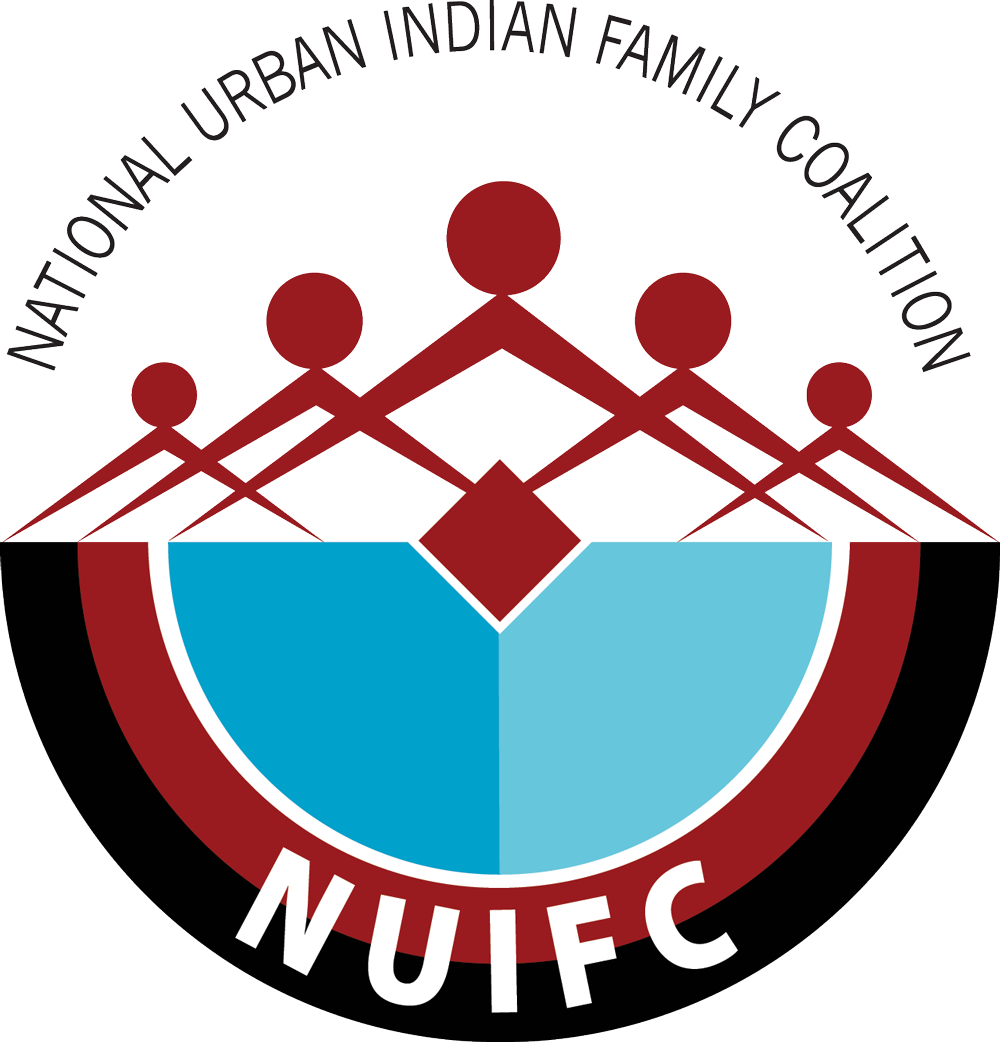Making the Invisible Visible
In 2020, the NUIFC funded a coalition of 24 urban Indian centers across 18 states to help make the invisible visible in the 2020 Census. Too often, Native people are overlooked during this decennial count which ends up costing our communities billions of dollars in federal funding. Our coalition and network of national partners aimed to ensure that this wouldn’t be the case in 2020 and set out to make sure that Indian Country was accurately counted and remind the country that Native people are Statistically Significant.
Like everyone else, our work was upended early in the year with the emergence of COVID-19 and the resulting devastation it wrought. As our partner centers always do, they adapted to continue their critical work and make sure their community was represented. Their work was a bright light in a bleak year and the NUIFC was honored to be a part of it.
Digital Census Outreach
One of the NUIFC’s major focuses during the 2020 Census was to execute a robust digital outreach strategy that used our social media, website, newsletter, and more to spread awareness around the Census. This branch of our Census strategy became significantly more important as the country was forced to respond to the public health crisis of COVID-19. It became clear that our idea of doing in-person outreach and hosting large community events would no longer work, which required us to quickly shift our focus to digital organizing.
To this end, we worked tirelessly to create internet graphics, social media graphics, videos, and more to help educate people about the Census and increase response rates. Some examples include using our Census artwork (right) on social media and boosting that post with information about the Census and how to complete it or creating a public service announcement (below) that calls on urban Indian people to complete the Census.
This work was vital and would reach millions of people safely in their homes. Many of our centers mirrored this work, using their role as a trusted messenger in the community to help people complete the Census.
Major Initiatives
To make sure that all of Indian Country was counted, the NUIFC partnered with the Urban Indian Health Institute (UIHI), the National Council of Urban Indian Health (NCUIH), and the Center for Native American Youth (CNAY) to build the most powerful Census Coalition possible. Together, we created a national Census campaign that reached people through different forms of media and united our community around completing the Census.
The NUIFC also partnered with the National Congress of American Indians (NCAI) and Native American Right Funds (NARF) to help create a national Census network. This partnership’s strength comes from its historic reach. Both the NCAI and NARF have built generational trust with the tribal governments and officials around the country which will enhance the NUIFC’s work with tribal members in urban areas to create comprehensive Census coverage in all 50 states.
This work, along with the work we did with our coalition of community-based organizations helped ensure our Census work would be successful and something that would resonate with Native people. The centers we worked with received funding, resources, a network to work with and learn from, and an amplified voice. Our Census strategy was built around the idea that these organizations understood the best way to accurately count their community. These centers are listed below.
REad NUIFC’s Latest publication
A Report on the 2020 Urban Native Vote + Census
Our Funded Centers
American Indian Center of Indiana
Indiana
American Indian Center OIC
Minnesota
American Indians in Texas Spanish Colonial Missions
Texas
Americans for Indian Opportunity
New Mexico
Center for Native American Youth
D.C.
Chicago American Indian Center
Illinois
Chief Seattle Club
Washington
Denver Indian Center
Colorado
First Alaskans Institute
Alaska
Kansas City Indian Center
Missouri
Las Vegas Indian Center
Nevada
Little Earth Residence Association
Minnesota
Native American Youth & Family Center
Oregon
Oklahoma Rock the Vote
Oklahoma
One Rapid City
South Dakota
Phoenix Indian Center
Arizona
Sacred Pipe Resource Center
North Dakota


